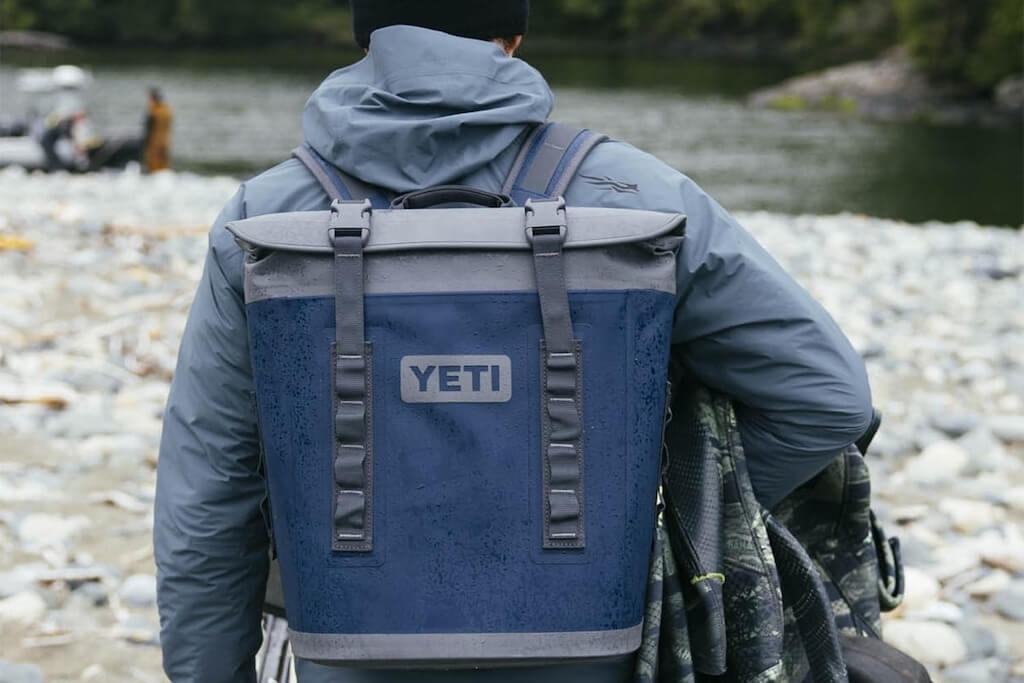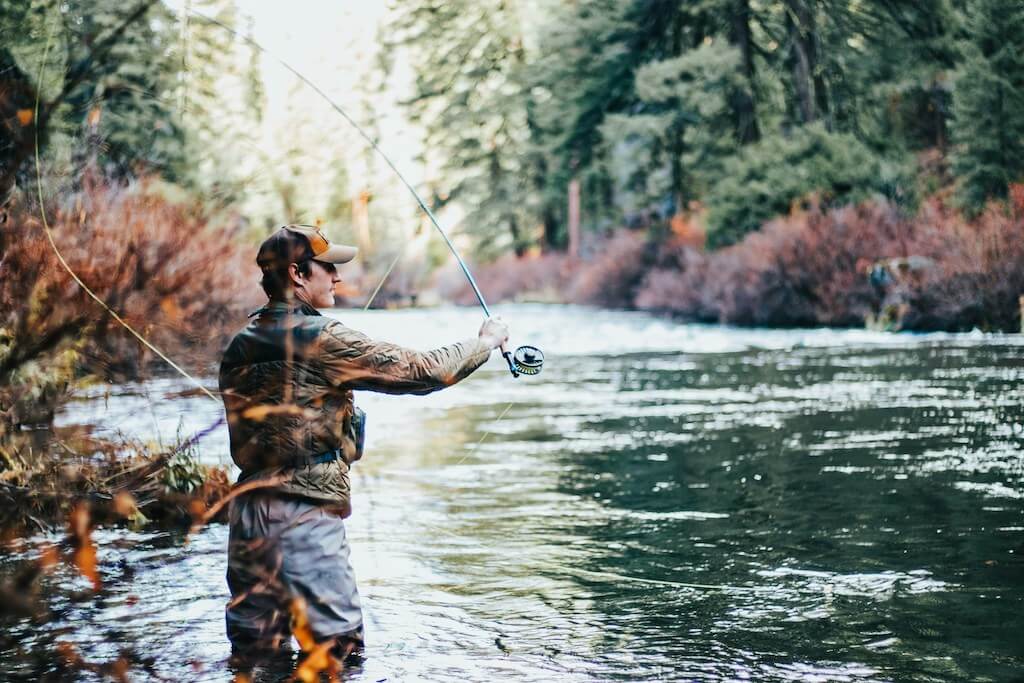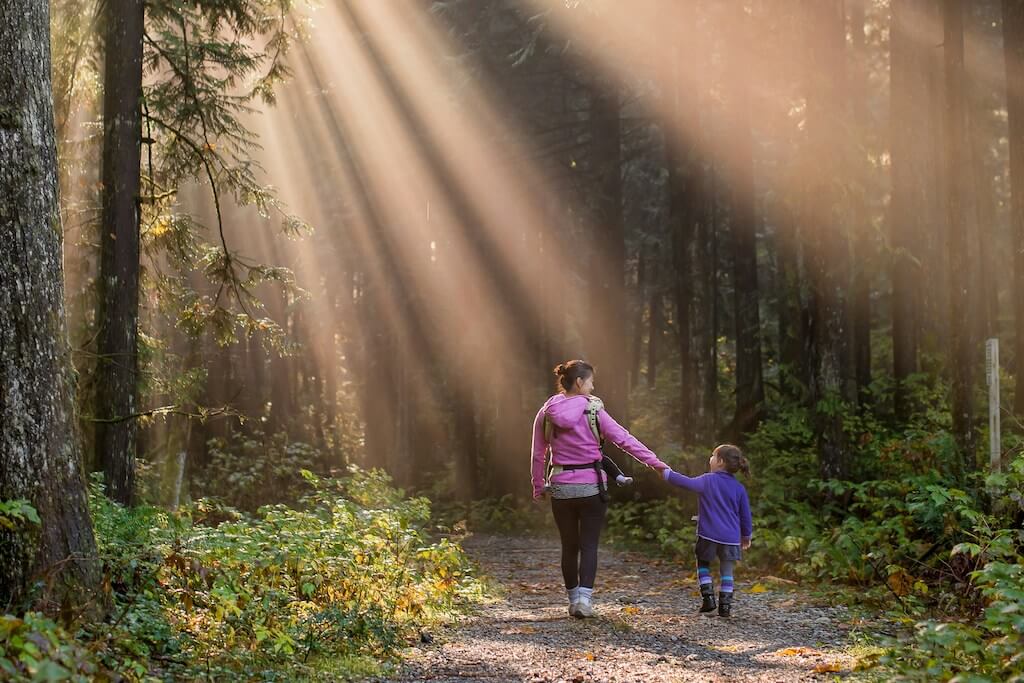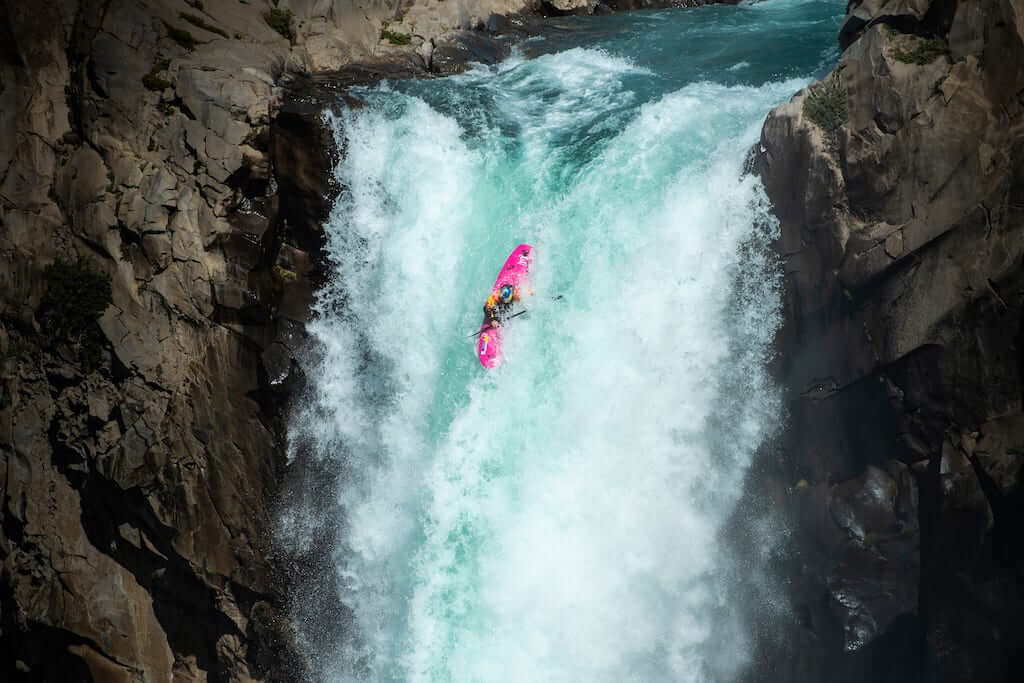Fly fishing, often revered as both a meditative art and an exhilarating sport, has seen a remarkable resurgence in recent years. Whether it’s the allure of pristine waters, the rhythmic dance of the fly line, or the satisfaction of outwitting a cunning trout, fly fishing captivates the hearts of many. For those eager to embark on this enchanting journey, here’s an all-encompassing guide to get you started, with a special spotlight on some of Canada’s most breathtaking fly fishing destinations.
The Rise of Fly Fishing: A Modern Renaissance
Fly fishing is experiencing a renaissance. More than just a sport, it offers a deep connection with nature, a challenge for the mind, and a balm for the soul. From bustling urban professionals seeking a weekend escape to retirees exploring new hobbies, the demographic of fly fishing enthusiasts is more diverse than ever. Social media platforms, particularly Instagram and YouTube, have played a significant role in this revival, showcasing stunning visuals of anglers against the backdrop of serene rivers and lakes, and sharing educational content that demystifies the sport.
Essential Gear for the Aspiring Angler
Before you cast your line, you’ll need the right gear. Here’s a comprehensive checklist to ensure you’re well-prepared:
- Fly Rod and Reel: Your primary tools. For beginners, a 9-foot rod for a 5-weight line is versatile and suitable for a variety of conditions.
- Fly Line: Choose a weight-forward floating line; it’s easier to handle and ideal for most fishing situations.
- Leader and Tippet: The leader connects your fly line to the tippet, which in turn holds the fly. A 9-foot tapered leader ending in a 4X or 5X tippet is a good starting point.
- Flies: Stock up on a variety of flies. Dry flies, nymphs, and streamers are the three main categories. Local fly shops can provide recommendations based on the season and location.
- Waders and Boots: Invest in comfortable, durable waders and wading boots. Neoprene booties and felt or rubber soles provide grip and protection.
- Vest or Pack: To carry your gear. Look for one with plenty of pockets and loops.
- Accessories: Polarized sunglasses, a hat, nippers, forceps, and a landing net are all indispensable.
The All Important Cooler
The YETI Hopper M12 Backpack Soft Cooler is an excellent companion for your fly fishing adventures. It comfortably holds up to 20 cans or a few wine bottles, ensuring your drinks stay cold throughout the day. The MagShield Technology features strong magnets that make the cooler easy to open and securely close to prevent leaks. The DryHide Shell is built tough to withstand punctures and UV rays, extending the life of your cooler. Inside, the ColdCell Insulation with closed-cell foam keeps your beverages icy cold.

For added convenience, the Kangaroo Pocket lets you stash your phone, keys, wallet, or even a small bottle of hot sauce. The HitchPoint™ Grid allows you to attach additional accessories like the SideKick Dry Gear Case or a bottle opener. The cooler’s RF-welded seams ensure the interior is leakproof.
Carrying the Hopper M12 is a breeze, thanks to its double-stitched carry points and ergonomic straps that evenly distribute weight, making it comfortable for long hauls. Just remember to avoid using dry ice and keep it away from children, pets, and pacemakers due to the strong magnets.
Mastering the Art of Casting
Casting is the cornerstone of fly fishing, a graceful yet technical skill that separates fly fishing from other forms of angling. Here’s a detailed look into mastering this essential aspect:
The Overhead Cast
The overhead cast is the most fundamental fly fishing cast. It forms the basis for many other casting techniques and is a good starting point for beginners.
- Grip and Stance: Hold the rod with a firm but relaxed grip, thumb on top. Stand with your feet shoulder-width apart, with your non-dominant foot slightly forward.
- Back Cast: Start with the rod tip low, slowly lift the rod, accelerating to a crisp stop at about the 1 o’clock position. Watch your back cast to ensure the line straightens out behind you.
- Forward Cast: Once the line has straightened behind you, move the rod forward with a smooth, accelerating motion, stopping abruptly at the 10 o’clock position. Let the line unfurl and drop the fly gently onto the water.

The Roll Cast
The roll cast is invaluable when you have limited space behind you or when you need to avoid snagging vegetation.
- Set Up: Start with the line straight out in front of you, the rod tip near the water’s surface.
- D-Loop Formation: Slowly lift the rod and sweep it back until the rod tip is just behind your ear, forming a D-loop with the line.
- Forward Stroke: With a swift forward stroke, push the rod tip forward and down, rolling the line out onto the water.
Common Casting Mistakes
- Too Much Wrist: Using too much wrist can lead to erratic and uncontrolled casts. Focus on using your forearm and keeping your wrist firm.
- Timing: Proper timing between the back cast and forward cast is crucial. Practice waiting for the line to fully extend before starting the forward motion.
- Power Application: Smooth acceleration is key. Avoid starting too fast or stopping too abruptly, which can cause the line to tangle.
Practice Drills
- Dry Land Drills: Practice your casting on dry land with a piece of yarn as a fly substitute. Focus on smooth, controlled movements.
- Target Practice: Set up targets at varying distances on your lawn and practice casting to them. This will improve accuracy and control.
- Shadow Casting: Watch your shadow while casting to better understand your form and make necessary adjustments.
The Fascinating World of Flies
Flies are the heart of fly fishing, and understanding them is crucial for success. Here’s an in-depth look at the different types of flies and how to choose the right one for your fishing adventure.
Types of Flies
- Dry Flies: Designed to float on the water’s surface, dry flies mimic adult insects. Popular patterns include the Adams, Elk Hair Caddis, and Royal Wulff. They are especially effective during hatches when fish are feeding on the surface.
- Nymphs: These imitate the underwater stage of insects. Nymphs like the Pheasant Tail, Hare’s Ear, and Prince Nymph are essential in any fly box. They are typically fished below the surface, often with an indicator.
- Streamers: Representing baitfish, leeches, or other prey, streamers like the Woolly Bugger, Zonker, and Clouser Minnow are used to target larger fish. They are retrieved in a variety of ways to mimic the movement of prey.
Fly Selection
- Match the Hatch: Observe the natural insects around the water. If there’s a hatch occurring, choose a fly that closely resembles the insects you see.
- Water Conditions: In clear water, opt for more natural, subtle patterns. In murky water, brighter and larger flies can attract attention.
- Fish Species: Different fish have different preferences. For example, trout often go for dry flies and nymphs, while bass might be more attracted to streamers.

Fly Tying
For those looking to dive deeper into the art, tying your own flies can be incredibly rewarding. It allows for customization and a deeper understanding of the insects you’re imitating.
- Basic Tools: A vice to hold the hook, scissors, bobbin, hackle pliers, and whip finish tool are essential.
- Materials: Feathers, fur, thread, and synthetic materials come in various colors and textures. Experiment with different combinations to create effective patterns.
- Beginner Patterns: Start with simple patterns like the Woolly Bugger, San Juan Worm, and Zebra Midge. These are effective and relatively easy to tie.
Finding the Right Spot: Understanding Water and Fish Behavior
Knowing where to cast your line is as important as how you cast it. Here’s a guide to finding the perfect spot and understanding fish behavior.
Reading the Water
- Riffles, Runs, and Pools: These are the main components of a river. Riffles are shallow with fast, turbulent water; runs are deeper and calmer; pools are the deepest, slowest sections. Fish can be found in all three, depending on the time of day and season.
- Seams: The area where fast water meets slow water. Fish often hold in seams, as they can conserve energy while waiting for food to drift by.
- Undercut Banks and Structures: Look for overhanging trees, submerged logs, and rock formations. These provide cover for fish and are prime spots to cast.
Fish Behavior
- Feeding Patterns: Fish feed at different times and in different ways. Trout, for example, may feed on nymphs near the bottom during the day and switch to surface insects in the evening.
- Seasonal Changes: Fish behavior changes with the seasons. In spring and fall, fish are more active and may be found in shallower water. In summer, they often seek deeper, cooler areas.
- Water Temperature: Fish are cold-blooded and their activity levels are influenced by water temperature. Learn the optimal temperatures for the species you’re targeting.
Local Knowledge
- Hire a Guide: Local guides can offer invaluable insight into specific waters, including where to fish, what flies to use, and the best times to be on the water.
- Fly Shops: Local fly shops are treasure troves of information. Staff can provide advice on current conditions, fly selection, and access points.
- Community Engagement: Join local fly fishing clubs or online forums. Engaging with the community can provide tips, updates, and camaraderie.

Top Fly Fishing Destinations in Canada
Canada, with its vast and varied landscapes, is a fly fisher’s paradise. Here are some of the premier spots to start your adventure:
- Bow River, Alberta: Renowned for its large brown and rainbow trout, the Bow River flows through the heart of Calgary and offers year-round fishing.
- Grand River, Ontario: A fantastic spot for brown trout, the Grand River near Fergus provides a classic fly fishing experience.
- Margaree River, Nova Scotia: Famous for its Atlantic salmon runs, the Margaree is a beautiful river set amidst stunning scenery.
- Skeena River, British Columbia: A legendary river for steelhead and salmon, the Skeena is a must-visit for serious anglers.
- Restigouche River, New Brunswick: Known for its large Atlantic salmon, the Restigouche offers challenging yet rewarding fishing opportunities.
Joining the Community: Clubs and Resources
Fly fishing is not just a solitary pursuit; it’s a community. Joining a local fly fishing club can provide invaluable support, from casting clinics to group outings. Online forums and social media groups are also excellent resources for tips, gear reviews, and camaraderie.
Conservation: Respecting Nature’s Bounty
Responsible fishing practices ensure that we preserve our precious waterways for future generations. Catch and release, using barbless hooks, and adhering to local regulations are all part of being a conscientious angler. Many organizations, such as Trout Unlimited and the Atlantic Salmon Federation, work tirelessly to protect fish habitats and promote sustainable fishing.
Conclusion: The Journey Ahead
Fly fishing is more than a hobby; it’s a lifelong journey of discovery, patience, and connection with nature. As you embark on this adventure, remember that the joy lies not just in the catch, but in the tranquility of the experience, the beauty of the surroundings, and the camaraderie of fellow anglers. So gear up, find your perfect spot, and let the river teach you its secrets. Happy fishing!







Leave a Reply